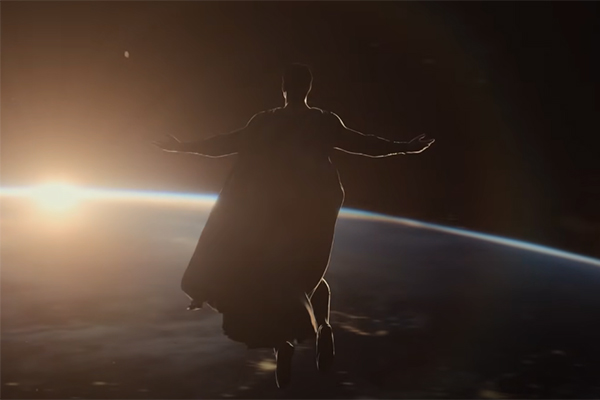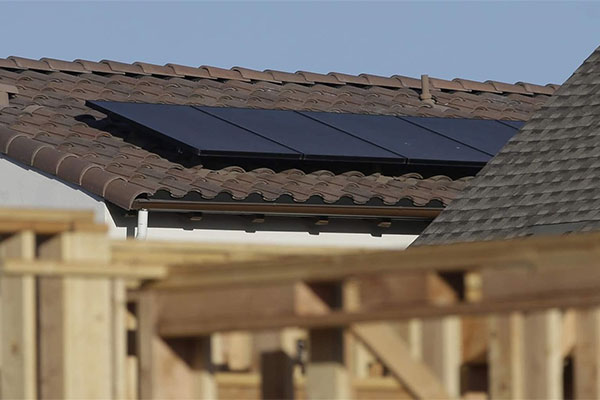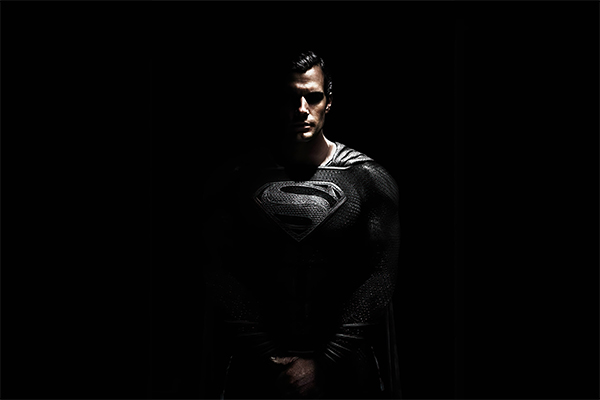Zack Snyder’s recently released version of the Justice League movie (dubbed “The Snyder Cut”) is generating a lot of buzz for a variety of reasons.
One of which is the drama surrounding Snyder’s dramatic exit from the movie’s production a few years back, and his re-entry which now has fans clamouring for the so-called “Snyderverse.”
The other is the appearance of Superman in a black suit.
In the comics, Superman’s black suit, also known as the Recovery Suit and sometimes the Regeneration or Solar Suit is meant to revitalize his powers. In particular, it absorbs more solar energy than Superman—normally would as his body recovers from an injury—which in this case was a fatal one.
The original Death of Superman comic featured a storyline that ran from 1992-1993. During that time, Superman gets killed by the villain Doomsday. Nearing the storyline’s end, Superman is resurrected and given his custom-made solar suit, hastening his recovery back to full strength.
Those of us in the solar industry may have noticed, and drawn some parallels between Snyder’s choice to feature the solar suit and the now popular all-black solar panels.

Superman’s black suit, also known as the Recovery Suit and sometimes the Regeneration or Solar Suit is meant to revitalize his powers. (Screen Capture from “The Snyder Cut”)
Superman’s powers, including his flying and super strength, come from the sun, hence the solar suit being used to hasten his body’s healing after revival. It massively improves his body’s conversion efficiency regarding solar irradiation.
In the comics and movies, the solar suit—which is made of black photovoltaics—is meant to be more efficient than the classic blue suit. This mirrors the real world, where all-black, monocrystalline solar panels feature the highest efficiencies on the market.
Traditional (monocrystalline) panels use white back sheets and silver frames, while all-black modules use black back sheets and black frames. The blue hue in traditional panels comes from the polycrystalline silicon it’s made of, while the black panels are made with monocrystalline silicon.
Monocrystalline panels tend to have a higher efficiency than polycrystalline panels due to their uniformity and the alignment of the silicon structure. However, this higher efficiency comes with a higher price tag, as monocrystalline solar panels are generally more expensive to produce.
Polycrystalline solar panels are constructed from impure silicon which doesn’t need to be aligned. These panels can also be created using a less intensive production process, reducing costs for both consumers and solar installers.

Solar panels are installed on the rooftop of a home in a new housing project in Sacramento, California. As the first state to require homes built in 2020 and later be solar powered, other sunny states — particularly those with ambitious clean energy goals — will be watching California to see how its utilities adapt.
(Rich Pedroncelli/The Associated Press)
However, the loss in polycrystalline panel efficiency compared to the monocrystalline panels doesn’t tend to be particularly hard to swallow for most homeowners, especially when they factor in the cost. Also, in recent years, improvements in panel manufacturing processes have reduced this cost even further, so recovering that loss won’t break the bank by just adding more panels.
Some solar panel manufacturing companies are switching their product lines to favour all-black solar panels, anticipating further increases in their popularity, and adoption—considering its stylishness. This notion isn’t too farfetched; after all, a major barrier to homeowner adoption of solar has always been how the blue panels look on a roof.
We now know that Superman’s solar suit has superior efficiency—but we all know that Snyder chose to feature it because of its contribution to the more dramatic effects his movies portray, after all, this is DC!













Comments